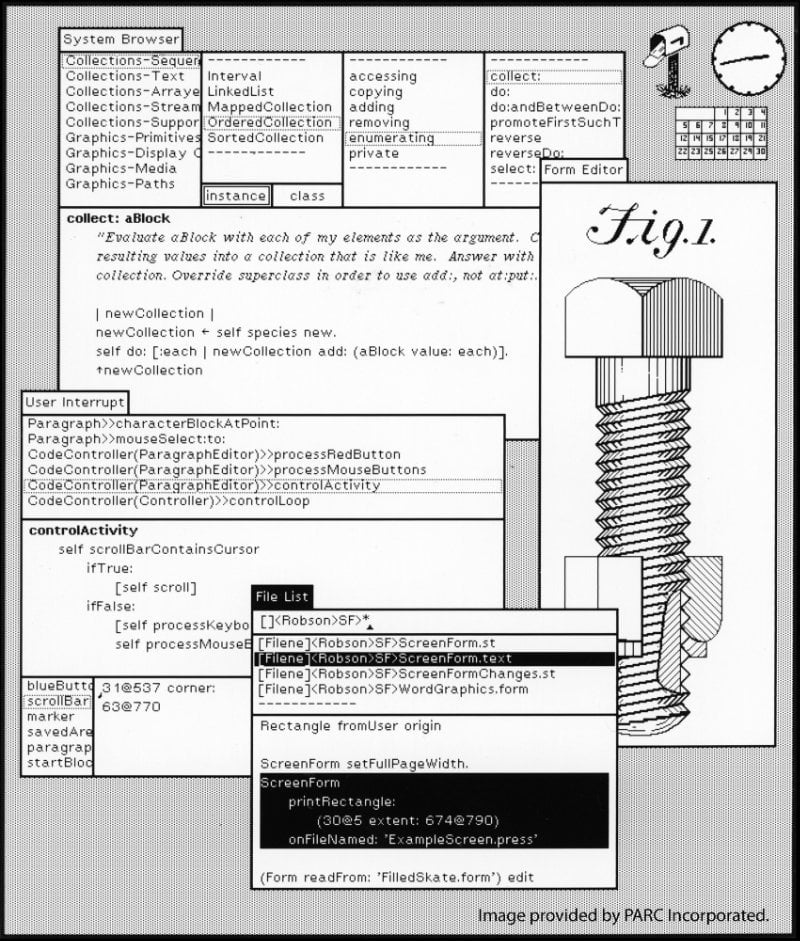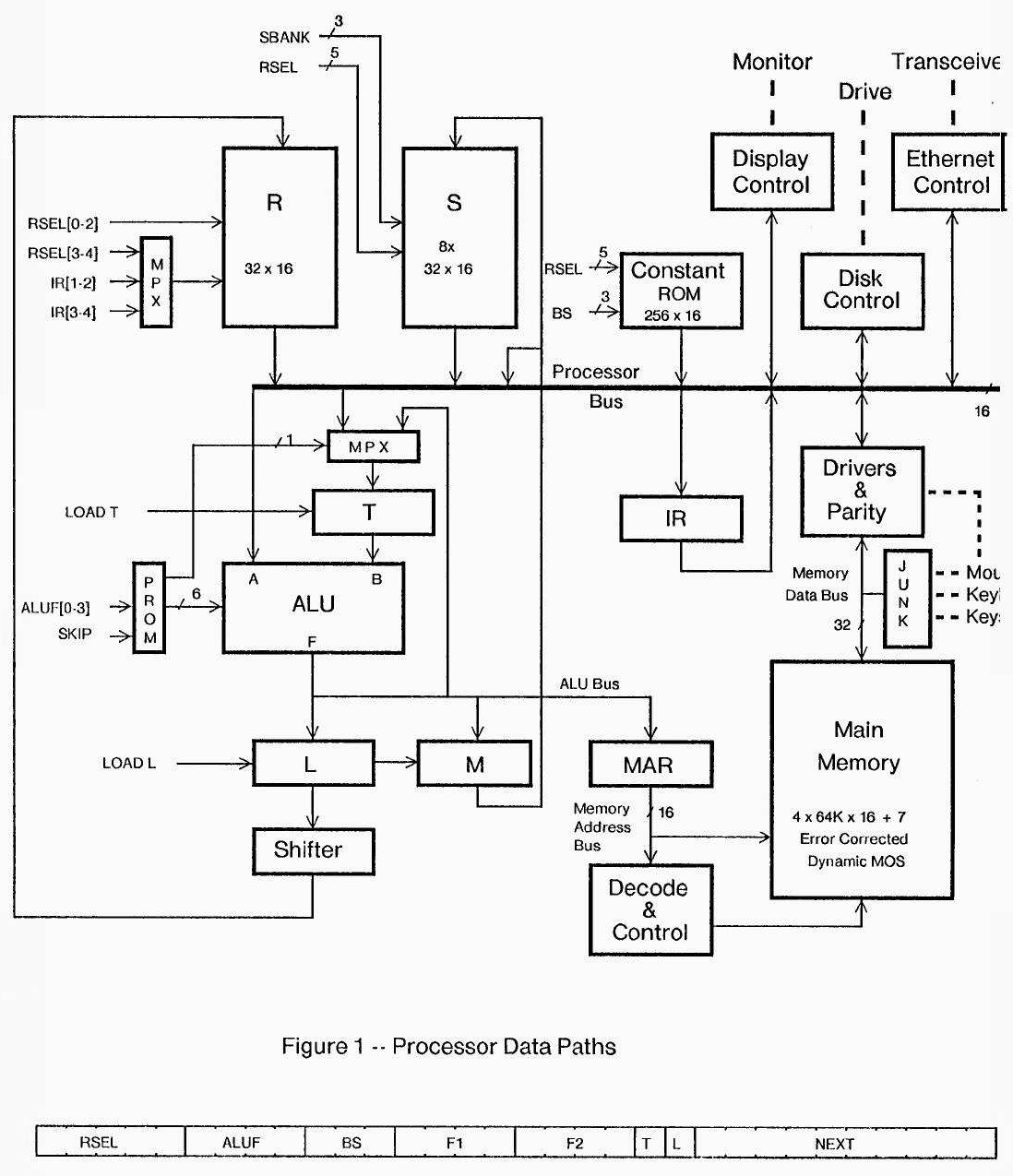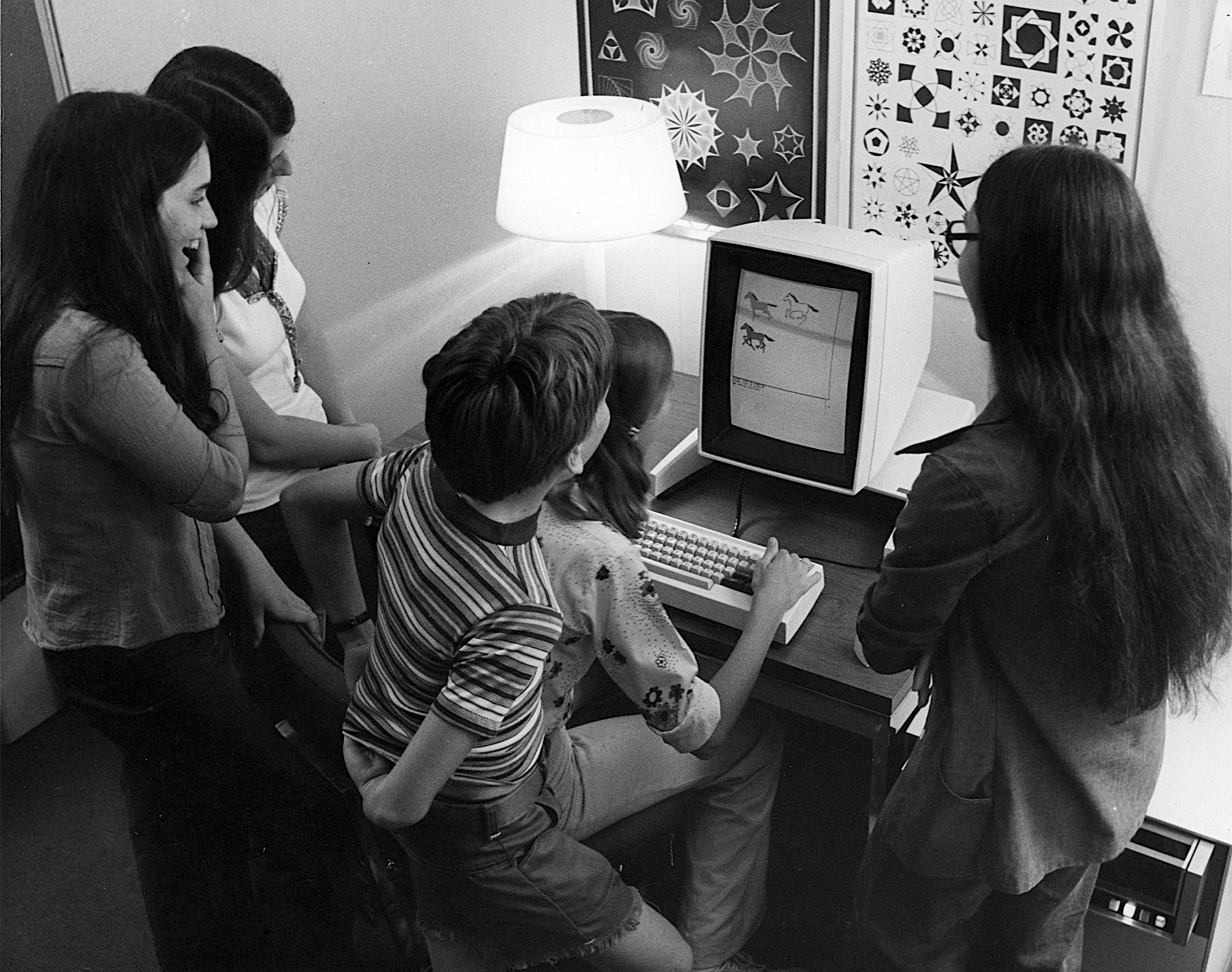Incredible! So the memory chip holding a lot of core programming was damaged or failed, so they figured out which chip it was, but then there was no single place large enough to store this vital code, so they divided it up and distributed it throughout the remaining memory and now it works.
These people are brilliant.


